Disclosure: This article contains affiliate links. We may earn a commission from purchases at no extra cost to you, which helps our travel content.
After years of chasing Formula 1 circuits across the globe, I've developed a knack for finding the soul of a place beyond the tourist façade. Saudi Arabia has recently opened its doors wider to international visitors, and Medina—the second holiest city in Islam—offers a profound cultural experience for those willing to approach with respect and curiosity. My week in Medina this past autumn revealed layers of history, spirituality, and everyday Saudi life that most travelers miss entirely.
Navigating Sacred Spaces with Respect
Let's address the elephant in the room straight away: as a non-Muslim traveler, you cannot enter Al-Masjid an-Nabawi (the Prophet's Mosque) or the central area known as Al-Haram. This isn't personal—it's a deeply held religious boundary that deserves our utmost respect.
However, Medina offers plenty beyond these restricted zones. The areas surrounding the mosque complex are accessible and provide stunning views of the minarets and green dome. During prayer times, the atmosphere throughout the city transforms—businesses pause, and a reverent hush falls over even the busiest districts.
I found my RFID-blocking passport wallet particularly useful here, as it kept my identification secure yet easily accessible for the frequent ID checks around sensitive areas. For photography near sacred sites, my advice is simple: when in doubt, don't. Always seek permission before photographing locals, and be particularly mindful around the mosque perimeters.
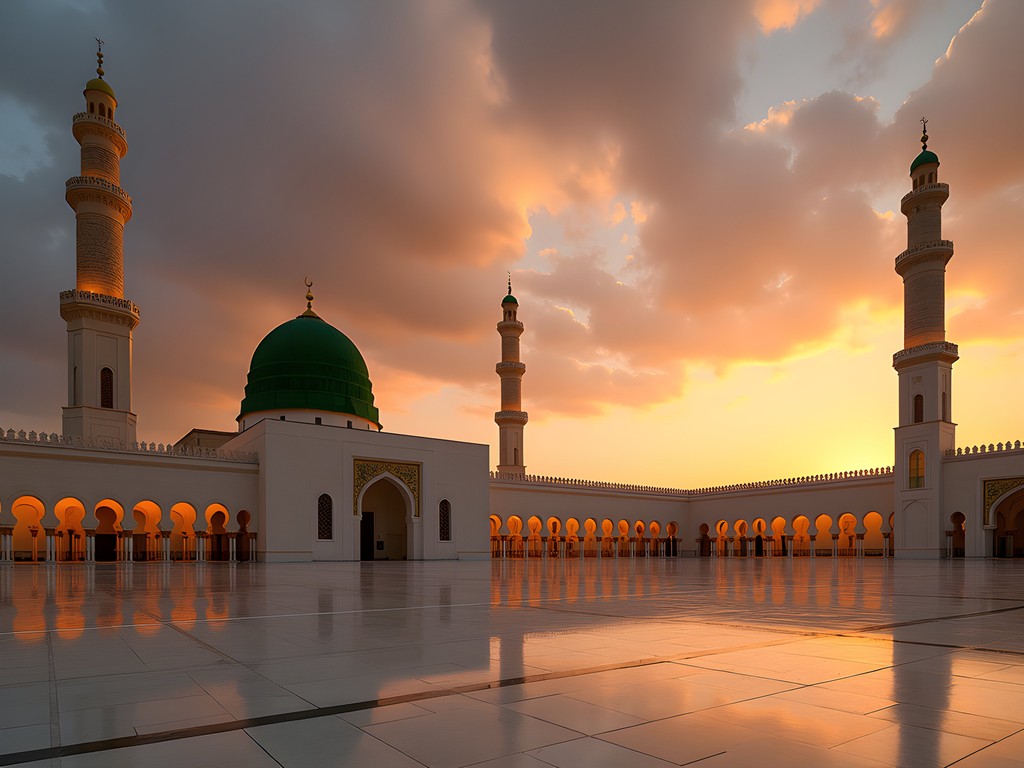
💡 Pro Tips
- Dress modestly—men should wear long pants and shirts with sleeves; women should cover hair, arms, and legs
- Download a prayer time app to anticipate the rhythm of the city's day
- Speak in hushed tones near religious sites as a sign of respect
The Art of Slow Travel in Medina's Outer Districts
My most authentic experiences in Medina happened far from the central district, in neighborhoods like Quba and Uhud. Here, life moves at a more relaxed pace, and locals are often surprised—and pleased—to encounter international visitors taking genuine interest in their community.
In Quba, I spent hours exploring the area around Quba Mosque (which non-Muslims can view from outside). The surrounding streets offer excellent local eateries where a meal costs a fraction of tourist-area prices. One elderly shop owner invited me for Saudi coffee after I purchased a few modest souvenirs, leading to a fascinating conversation through a mix of basic Arabic phrases and Google Translate.
For these walking explorations, my cooling neck gaiter proved invaluable in the autumn heat—temperatures still regularly hit 32°C (90°F) during my October visit. Activate it with water, and it provides hours of relief while maintaining a respectful appearance.
The historic Uhud battlefield area offers profound historical context for those interested in Islamic history. Even with limited background knowledge, I found the landscape moving—the mountain standing silent witness to events that shaped a world religion.

💡 Pro Tips
- Visit Quba district on Saturdays when locals perform special prayers at Quba Mosque, creating a lively atmosphere in surrounding areas
- Use ride-sharing apps rather than taxis for better rates to outer districts
- Carry small denominations of Saudi Riyal for local shops that don't accept cards
Culinary Discoveries Beyond Dates and Arabic Coffee
Medina's food scene deserves more attention than it gets in typical travel guides. Yes, the dates are exceptional—Medina produces some of the world's finest—but there's so much more to discover.
Al-Baik might be Saudi Arabia's famous fast-food chain, but the real culinary treasures lie in smaller family-run establishments. Look for restaurants where locals outnumber tourists by a significant margin. My legal assistant's salary appreciates that these authentic spots often offer better value than tourist traps near Al-Haram.
Mandi and kabsa rice dishes form the backbone of local cuisine, but don't miss mathbi—meat slow-cooked on heated stone—if you can find it. For the adventurous, try saleeg, a creamy rice dish that's Saudi comfort food at its finest.
I never travel without my portable food container, which proved particularly useful for storing dates and nuts purchased from local markets for snacking during day trips. The separate compartments kept everything fresh and prevented the inevitable date syrup from making everything sticky.
Vegetarians should note that meat features prominently in Saudi cuisine, but most restaurants offer falafel, hummus, and vegetable side dishes that can form a satisfying meal. Learn the phrase 'bidun laham' (without meat) to make ordering easier.

💡 Pro Tips
- Ask your hotel staff for restaurant recommendations where 'they would eat with their families'—this simple question has led me to countless authentic meals worldwide
- Try the Al-Madina Al-Taiba Restaurant for excellent traditional Saudi dishes at reasonable prices
- Sample different date varieties at the date market—vendors often offer generous tastings
Practical Matters: Accommodation, Transportation & Cultural Navigation
Choosing accommodation in Medina involves a crucial decision: stay near Al-Haram for convenience or further out for authenticity and value. As a non-Muslim visitor, I opted for a mid-range hotel in the Quba area, which provided comfortable rooms at half the price of central options while offering a more neighborhood feel.
Transportation around Medina has improved dramatically with ride-sharing apps like Uber and Careem now widely available. For longer stays, consider the Saudi Railways app for day trips to nearby areas. The high-speed Haramain train connects Medina with Jeddah and Mecca (though remember non-Muslims cannot enter Mecca).
Cultural navigation requires patience and flexibility. Saudi Arabia is changing rapidly, but centuries of tradition don't disappear overnight. The religious police (mutawa) have far less power than in years past, but conservative social norms remain important. Women travelers now have more freedom but should still dress modestly.
My pocket Arabic phrasebook earned its weight in gold. While many Saudis in the hospitality industry speak English, learning basic Arabic phrases demonstrates respect that often opens doors to more meaningful interactions. The effort alone usually earns appreciative smiles, even when my pronunciation was undoubtedly painful to local ears.

💡 Pro Tips
- Download the Careem app before arrival—it works like Uber but is more widely used in Saudi Arabia
- Consider hotels in the Quba or Sultana districts for better value and a more local experience
- Exchange some currency at the airport for initial expenses—while cards are widely accepted in hotels and larger establishments, small shops and taxis often prefer cash
Final Thoughts
Medina offers a profoundly different experience from the gleaming modernity of Riyadh or the coastal cosmopolitanism of Jeddah. It's a city where history and faith remain the primary currencies, where patience and respect will reward you with insights into Saudi culture that few Western visitors ever glimpse.
As Saudi Arabia cautiously opens its doors wider to international tourism, places like Medina present an opportunity to experience a culture that has largely remained sheltered from global tourism. This isn't the easiest destination for solo travelers—particularly those used to the freewheeling independence of Southeast Asia or Europe—but the challenges come with commensurate rewards.
The Medina I discovered beyond the postcard views of the Prophet's Mosque was a place of unexpected warmth, complex history, and a pace of life that reminded me why I traded my high-stress legal career for a life that allows these deeper cultural immersions. If you're willing to approach with respect and cultural sensitivity, Medina will reveal layers that no glossy tourism brochure can capture.
✨ Key Takeaways
- Respect religious boundaries while finding meaningful experiences in accessible areas
- Venture beyond central Medina to discover authentic neighborhoods, cuisine, and interactions
- Learn basic Arabic phrases and cultural etiquette to demonstrate respect and open doors to genuine connections
- Balance independent exploration with cultural sensitivity for a more rewarding experience
📋 Practical Information
Best Time to Visit
October to April (avoid Ramadan and Hajj periods unless specifically interested in these observances)
Budget Estimate
$75-150 USD per day including mid-range accommodation, meals, and transportation
Recommended Duration
4-7 days
Difficulty Level
Moderate

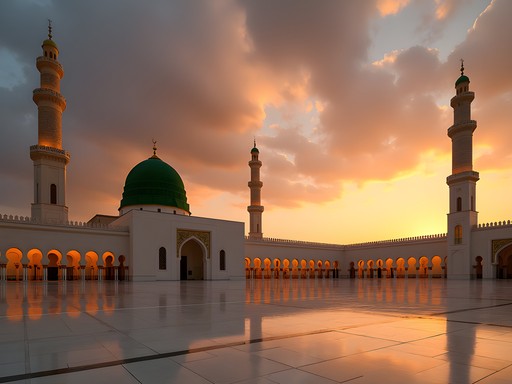
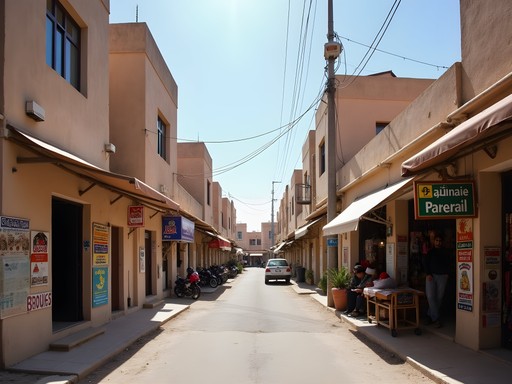





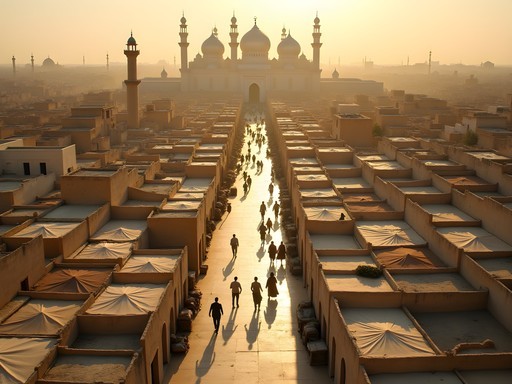


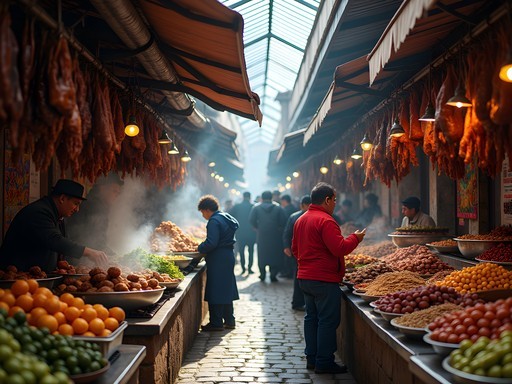

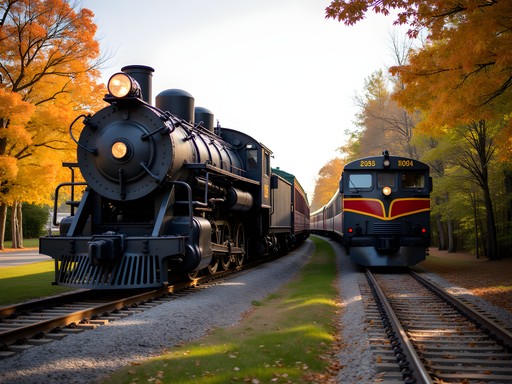

Comments
Frank Garcia
Great insights on the outer districts, Jackson! I spent three weeks in Saudi last year and completely missed some of these spots. The slow travel approach you suggest is spot on. Most people rush through Medina focusing only on the Prophet's Mosque, but the surrounding neighborhoods have so much character. I found the locals incredibly hospitable once you get away from the main tourist areas. One tip I'd add - the small tea shops in the eastern district serve an amazing cardamom-infused chai that's nothing like what you'll find in the touristy spots. Did you try the street food near Al-Baqi Cemetery? Those falafel wraps were life-changing!
backpacklover
Those falafel wraps sound amazing! Adding that to my list for when I visit.
Frank Garcia
Definitely do! Just look for the small green cart with the older gentleman. Usually there around sunset. Bring cash though - no cards accepted.
wanderlust_sarah
Those photos of the sunset over Prophet's Mosque are absolutely stunning! What camera do you use?
Jackson Crawford
Thanks Sarah! Just my trusty old Sony A7III. The light in Medina does most of the work!
escapeguide
Finally a good guide on Medina! Been waiting for someone to cover this beyond the standard tourist stuff.
Frank Garcia
Right? I was just thinking the same thing. The section on navigating sacred spaces was particularly helpful.
escapeguide
Exactly. Most guides don't give you the proper etiquette. This one actually helps you not look like a clueless tourist!
journeypro
For anyone planning to visit - the transportation tip about using the shuttle buses between major sites saved me so much hassle! They're clean, affordable and run frequently. I found the drivers to be incredibly helpful with directions too, even with the language barrier. The app mentioned in the article for prayer times was essential for planning our day around site closures.
SaudiTraveler
As a Saudi, I appreciate how respectfully you've approached this guide. Many visitors don't realize that Medina has distinct neighborhoods each with their own character. The area around Quba Mosque is particularly special and often overlooked. One tip I'd add - visit the date markets early morning when locals shop. Vendors are more likely to offer samples and explain the different varieties. And yes, the public transportation has improved dramatically in the last few years!
Savannah Torres
Jackson's section on culinary discoveries beyond dates and Arabic coffee resonated with me so much! When we visited with our kids last year, the highlight was actually joining a local family for dinner through a community tourism initiative. My 8-year-old still talks about learning to make mutabbaq with the grandmother! For families considering Saudi Arabia, Medina has this wonderful gentleness that makes it more approachable than some other destinations. The Museum of the Prophet's Heritage was surprisingly kid-friendly too, with interactive exhibits that kept our little ones engaged while learning.
Fatima Sims
Jackson, your insights about slow travel in Medina resonated with me deeply. When I visited last Ramadan, I spent a week just exploring the neighborhoods beyond Al-Masjid an-Nabawi. The Quba district was particularly special - there's a women's cooperative there selling handmade prayer beads and textiles that makes for meaningful souvenirs with purpose. For anyone planning a visit, I'd add that the dates from the local markets near Uhud Mountain are incredible - completely different from what you'll find exported elsewhere. Ask specifically for Ajwa dates if you want to try the variety mentioned in religious texts. And don't miss the opportunity to experience a traditional Saudi breakfast - the shakshuka variations there are unlike anything I've had elsewhere!
wavehero
Those food recommendations are spot on! Al-Baik chicken is life-changing.
exploreblogger
Great post! I'm curious about the accommodation options you mentioned in the outer districts. How did you find those local guesthouses? Are they bookable online or did you have to arrange them once you arrived? Also wondering about internet connectivity in those areas - reliable enough for remote work?
Taylor Moreau
Not the author, but I can share that many of the smaller guesthouses are now on booking platforms. The internet was surprisingly good throughout Medina - I had video calls without issues even in smaller establishments.
moonmaster2976
I'm visiting Saudi Arabia for the first time next month and this guide is exactly what I needed! The section about respecting sacred spaces is so important. I've been struggling to find authentic information about what to expect. Anyone know if it's worth hiring a local guide or is it easy enough to navigate with Jackson's tips?
freemood
We did it without a guide and were fine! Just be observant and respectful. The maps.me app worked great offline.
Venture X
Premium card with 2X miles, $300 travel credit, Priority Pass